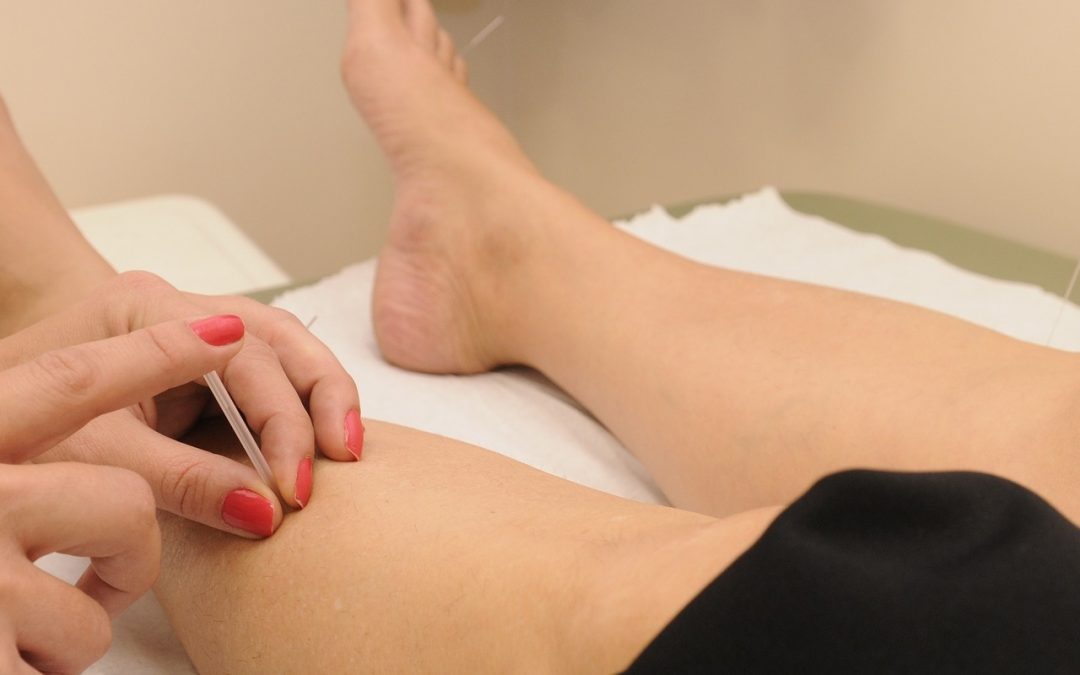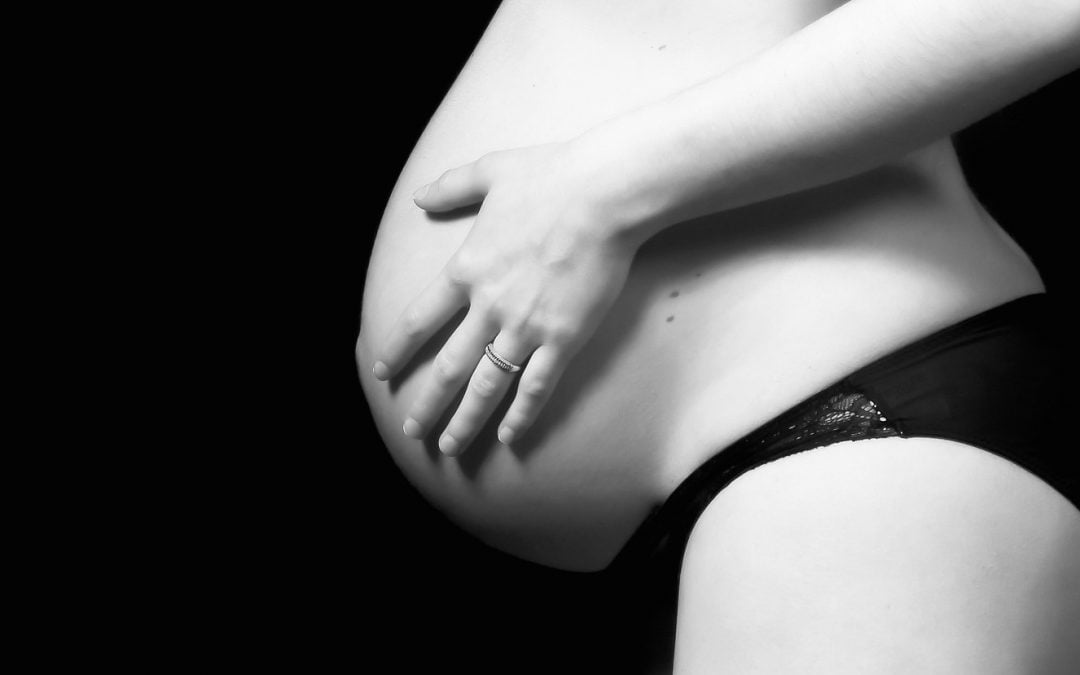Delayed Cord Clamping and why it is a no-brainer
Delayed cord clamping
Delayed cord clamping – or optimal cord clamping as it is starting to become known – is when a delay is made between a baby being born and its umbilical cord being clamped and cut. This delay is considered anything from around a minute or longer. This has been discussed much in the press in 2015 as many important institutions have recognised studies that show that delayed cord clamping has huge benefits and adjusted their guidelines accordingly.
Early cord clamping
It is fairly routine in western society to clamp and cut a babies cord immediately after birth (within seconds) but it is a relatively recent phenomena and, as we are discovering, it is not remotely evidence-based.
Historically, evidence can be found of early cord clamping (ECC)as early as the 1600s but really only took hold as a routine procedure from about the 1960s, touted as a way to reduce post-partum haemorrhage (PPH) in mothers.
It can also been seen to help reduce the incidence of jaundice due to a reduction of bilirubin in the baby’s blood – however, there has been no evidence of this link found and anyway, jaundice in itself is not a life-threatening condition in most cases especially when treated in a western country.
Here is a lovely blog post detailing how this baby was resuscitated with the cord intact and the placenta providing blood to the baby while the medical team helped baby.
Baby’s blood at birth
At birth around one third of the baby’s blood is in the placenta. In the few minutes immediately after birth, the placental blood is transfused into the baby, stimulating it’s heart and lungs and helping its organs start working independently. As the baby’s body takes over its life support from the placenta, the blood transfer between the baby and placenta equalises, the wharton’s jelly that surrounds the veins and artery inside the cord starts to solidify, and the cord starts to naturally close off.
Early clamping of the umbilical cord means that this extra 33% of the baby’s blood is not getting to the baby.
Here is a great video that shows you the volumes of blood involved and the equivalent amounts for an adult
Stop the mess!
In fact the only reason why the cord is clamped is because it is being cut too early when blood is still present. So if it isn’t clamped you get blood all over the floor as the placenta is still trying to pump the blood into the baby!
So why do we do it?
Beats me!
Benefits to the baby

Image source: Credit: https://en.wikipedia.org/wiki/File:Delayed_Cord_Clamping_Calmness,_3_Hours_Old.png#filelinks
There have been studies – some of which are linked to below or linked to articles that reference them – that show many benefits to the infant when delayed cord clamping happens.
- Improved iron levels up to 4-6 months (depending on study) [1] which resulted in
- Significantly better personal-social and fine-motor functioning at 4 years old [1]
- lower risk of brain bleeds [2]
- Gives baby all the blood they need
- Helps stimulate organs at birth
- Helps achieve successful natural third stage (delivery of placenta)
What if my baby need resuscitating?
There is growing consensus that even if a baby requires resuscitation then it should be done next to the mother before the cord is clamped – after all, the cord is supplying the baby with oxygen so it seems pretty daft to cut off it’s life-line!
The UK Resuscitation council guidelines state that:
At present there is insufficient evidence to define an appropriate time to clamp the cord in babies apparently needing resuscitation. However, this may be because time is the wrong defining parameter and perhaps the cord should not be clamped until the baby has started breathing.[3]
What should the cord look like?
Delayed cord clamping of one or more minutes allow the blood to pump into the newborn and after 5+ minutes the cord will stop pulsating as the blood transfer eases off. It will start by looking very thick with dark veins inside, and end up looking thin and white.

(left) cord containing baby’s blood (right) cord after placental transfusion. IMage source: https://birthwithoutclamps.files.wordpress.com/2011/08/cord-engorged-clamped.png
There is also a wonderful birth photographer who has compiled photos of intact cords left to empty themselves of blood, check out her blog post.
Who else agrees?
In the 6 months between Dec 2014 and June 2015 3 major institutions have changed their guidelines in the face of this evidence.
UK Resuscitation Council Guidelines 2010
- Delayed clamping by at least one minute in healthy term infants, but ideally up to 3 minutes or until the cord has stopped pulsating.
NICE Guidelines Dec 2014
- Do not clamp the cord earlier than 1 minute from the birth of the baby unless there is concern about the integrity of the cord or the baby has a heartbeat below 60 beats/minute that is not getting faster.
- If the woman requests that the cord is clamped and cut later than 5 minutes, support her in her choice. [new 2014]
WHO guidelines Jan 2015
- Delaying cord clamping allows blood flow between the placenta and neonate to continue, which may improve iron status in the infant for up to six months after birth.
RCM Guidelines April 2105
- The paper states that immediate cord clamping reduces the flow of blood to the baby and can deprive the baby of iron. Iron deficiency in the first few months is associated with neurodevelopmental delay.
- Looking at existing evidence for term births, the paper looks at the Cochrane review, which concluded that the evidence justifies a more liberal approach to delaying clamping of the cord, as long as access to treatment for jaundice is available.
- Once delivered, the baby can be placed on the mother’s abdomen or chest with the cord intact and the timing of clamping should be recorded
References
https://www.scienceandsensibility.org/tag/umbilical-cord-clamping/
https://www.bellybelly.com.au/birth/cord-clamping-delaying-cord-clamping/
https://en.wikipedia.org/wiki/Wharton%27s_jelly
https://fn.bmj.com/content/100/4/F355.full?utm_content=buffer61311&utm_medium=social&utm_source=facebook.com&utm_campaign=buffer
https://www.resus.org.uk/EasySiteWeb/GatewayLink.aspx?alId=811
https://www.cordclamping.org/2015/06/10/resuscitation-without-clamping-the-umbilical-cord-27273339
https://awhonn.wordpress.com/2015/06/09/placental-transfusion-for-neonatal-resuscitation-after-a-complete-abruption/
https://awhonn.wordpress.com/2015/06/09/placental-transfusion-for-neonatal-resuscitation-after-a-complete-abruption/

What Should I Pack In My Hospital Labour Bag?
Hospital Labour Bag Packing your hospital labour bag is something we all know we should do but it some of those tasks in later pregnancy that seems to appear on the "I'll do it tomorrow" list. As the baby can easily arrive within a 5 week window, most people choose to...

Birthzang’s Guide to Medical Induction of Labour
Image: mybirth.com.au[/caption] So you have exhausted all natural methods to induce labour, you have waited patiently for your baby to arrive, read my blog about risks of induction, and finally you have decided to opt for a medical induction of labour. But what does...

Spiritual Ways to Induce Labour Naturally
Spiritual Ways to Induce Labour In a way this last post in my series on how to induce labour naturally we will look at spiritual ways to induce labour and it is both the shortest and yet has the most effective methods! As we have seen with physical ways to...

Needles and Pins: Therapeutic Ways to Induce Labour Naturally
Complementary therapies are frequently used in pregnancy to alleviate all sorts of symptoms. Some, like acupuncture, are even now recommended by enlightened Doctors and midwives. Others remain more on the fringe than in the mainstream. As with all...

I’ll Take 8 Pineapples! Foods to Induce Labour Naturally
Foods to induce labour There are many ways to bring on labour. Foods to induce labour by eating or drinking certain things is a very popular method not least because they are often quite accessible to pregnant ladies and don't cost much, or may not require specialist...
Alice & Nick’s testimonial
We really liked the informative demonstrations using the pelvis and doll. The section on the different stages of labour and the explanation about hormones was very clear and easy to follow. It was a good way of helping dads to know what the mum is going through at...

Let’s Get Physical: Practical Ways to Induce Labour Naturally
7 Practical Ways To Induce Labour Naturally This article around 7 practical ways to induce labour naturally basically covers practical things you can do on your own (or with a partner) to help start labour. The actual efficacy of any natural practical method to induce...

I’m a Baby! Get Me Out of Here! – Natural Ways to Induce Labour
Natural Ways to Induce Labour Your due date approaches...and marches by with no signs of baby coming. The phone calls, emails and texts start: "Have you had that baby yet?" You don't mind for the first few days but actually you have had quite enough of...

Should I stay or should I go? An opinion about inducing labour
[toc] Should You Induce Labor How long we cook our baby continues to be an incredibly sensitive subject. The moment we reach 40 weeks there is immense pressure to talk about inducing labour and give nature a little helping hand in one of many different ways...

Cooking Times May Vary (by 5 Weeks), or the Curse of the EDD
Ah, the infinite variety of bread! I love the way you can alter the ingredients just a tiny amount and get something completely different. And you never know how long it will take to prove, or how large it will get. Then stick it in the oven and depending on how much...

What about delayed clamping after a c-section
Can it still be done
Yes it absolutely can be done with a caesarean. If it is a planned caesarean then discuss it with your midwife or Obstetrician. Even in an emergency, unless there is evidence that the cord is compromised – either through prolapse or tight knot or tear (very rare), which would be shown as the cord white – then that cord is providing the baby with oxygen.
There are loads of articles on the web – try googling cord clamping caesarean – but this is a really nice overview. https://www.bellybelly.com.au/birth/delayed-cord-clamping-c-section/. Hope this is helpful.